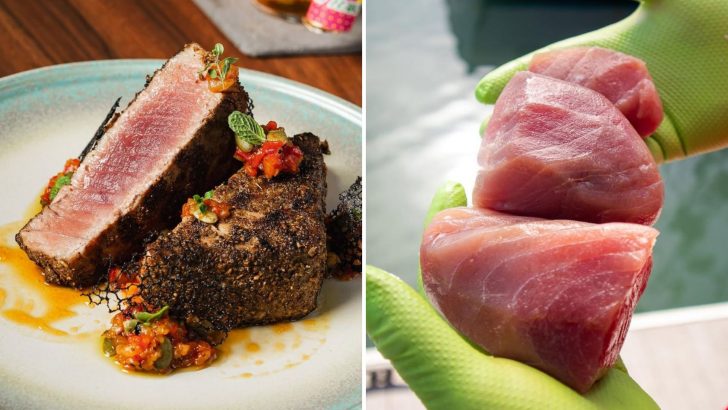Tuna steaks, with their luscious texture and rich flavor, can be a true culinary delight when prepared right. Many of us have had that moment of eagerly anticipating a perfect tuna steak, only to be met with disappointment.
Get ready to explore the ten most frequent errors made while cooking tuna so you can avoid ruining this delicate fish. By recognizing these pitfalls, you’ll be well on your way to mastering the art of cooking tuna steaks to perfection.
1. Overcooking The Tuna
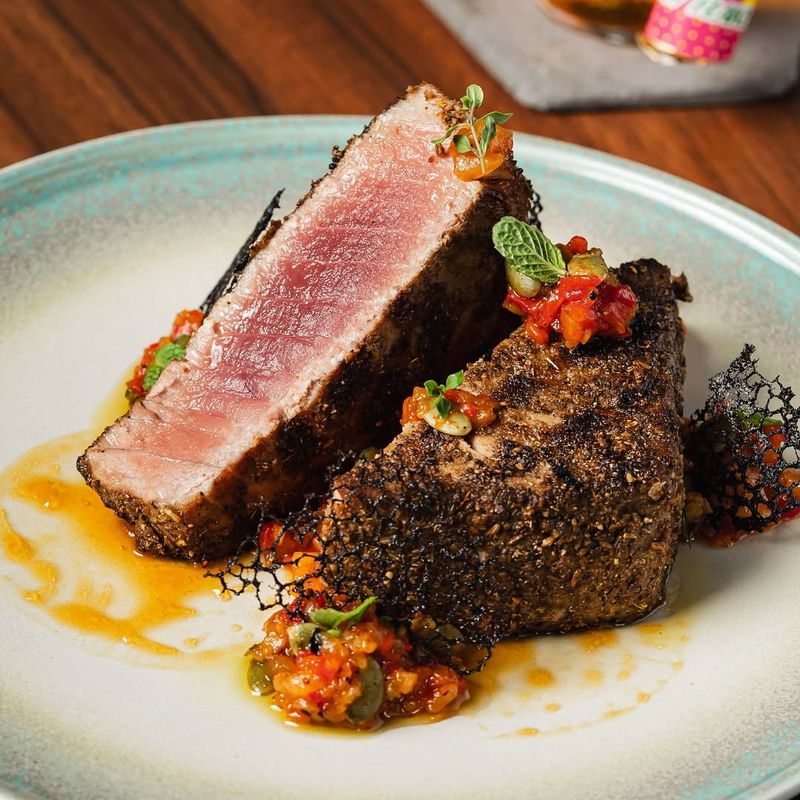
Overcooking is a common mistake when it comes to tuna steaks. Many people tend to leave the fish on the heat for too long, expecting it to cook like other meats. Tuna, however, is best served rare to medium-rare.
The longer you cook it, the drier and less flavorful it becomes. Instead, aim for a quick sear on both sides. This method preserves the moisture and enhances the natural flavors.
2. Using Low-Quality Tuna
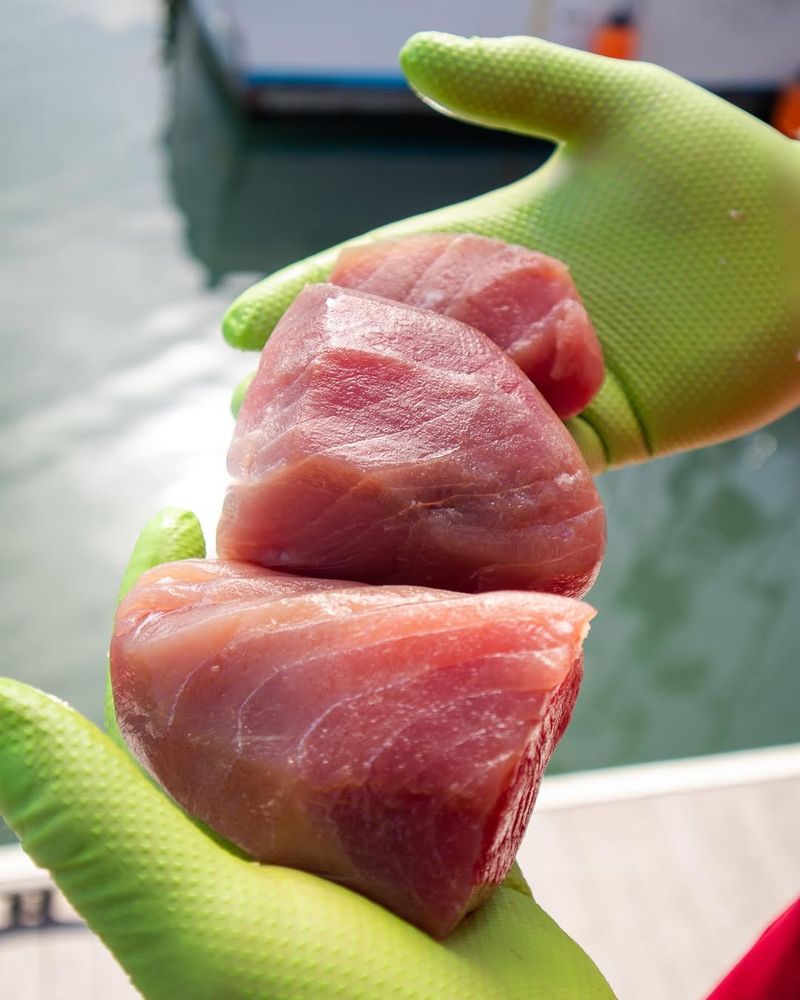
Another pitfall is opting for low-quality tuna. Freshness and quality significantly impact taste and texture. Always seek sushi-grade or the freshest tuna available. This ensures a better dining experience.
Often, the appearance of the fish can give clues to its quality. Look for vibrant color and a clean smell. These indicators often point to freshness.
3. Ignoring The Importance Of Marinade
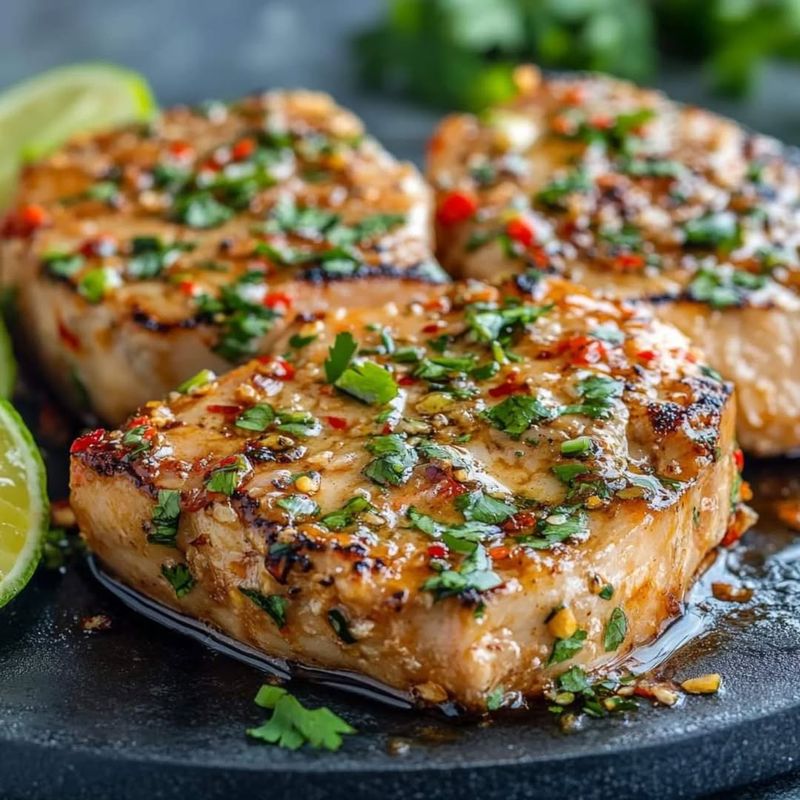
A good marinade adds depth and complexity to your dish. Simple ingredients like soy sauce, ginger, and lime can transform your tuna steak.
Not only does marination enhance flavor, but it can also tenderize the meat. Allow the tuna to soak for at least 30 minutes before cooking. This process infuses the fish with aromas that elevate the meal.
4. Skipping The Sear

The sear is what gives tuna steaks a delightful crust, contrasting beautifully with the tender interior. A hot pan is crucial for this step.
The high heat creates a caramelized layer that locks in juices. A quick sear, about one minute per side, is generally all it takes. Skipping this step can result in a less appealing texture.
5. Using The Wrong Pan

Cast iron skillets or stainless-steel pans are ideal for a proper sear. Non-stick pans often fail to provide the needed heat consistency.
A heavy-duty pan retains heat better, essential for achieving that crispy crust. It’s not just about the pan; preheating it is equally important. The right tools ensure the best results, making your cooking experience smoother and more successful.
6. Neglecting To Rest The Tuna

Neglecting to rest the tuna is a mistake that affects flavor and juiciness. Allowing the steak to rest for a few minutes after cooking is vital. This process lets the juices redistribute evenly.
Cutting into it too soon leads to a loss of moisture, resulting in a dry texture. Resting helps in achieving a more balanced taste. Like other meats, tuna benefits greatly from a little patience post-cooking.
7. Seasoning Too Late

Waiting too long to season is a common mistake. Proper seasoning before cooking allows the flavors to meld with the fish, enhancing the overall taste.
Salt and pepper are fundamental, but feel free to experiment with other spices. Seasoning just before searing can result in uneven flavor. Start your seasoning process well ahead for the best results.
8. Using Frozen Tuna Incorrectly
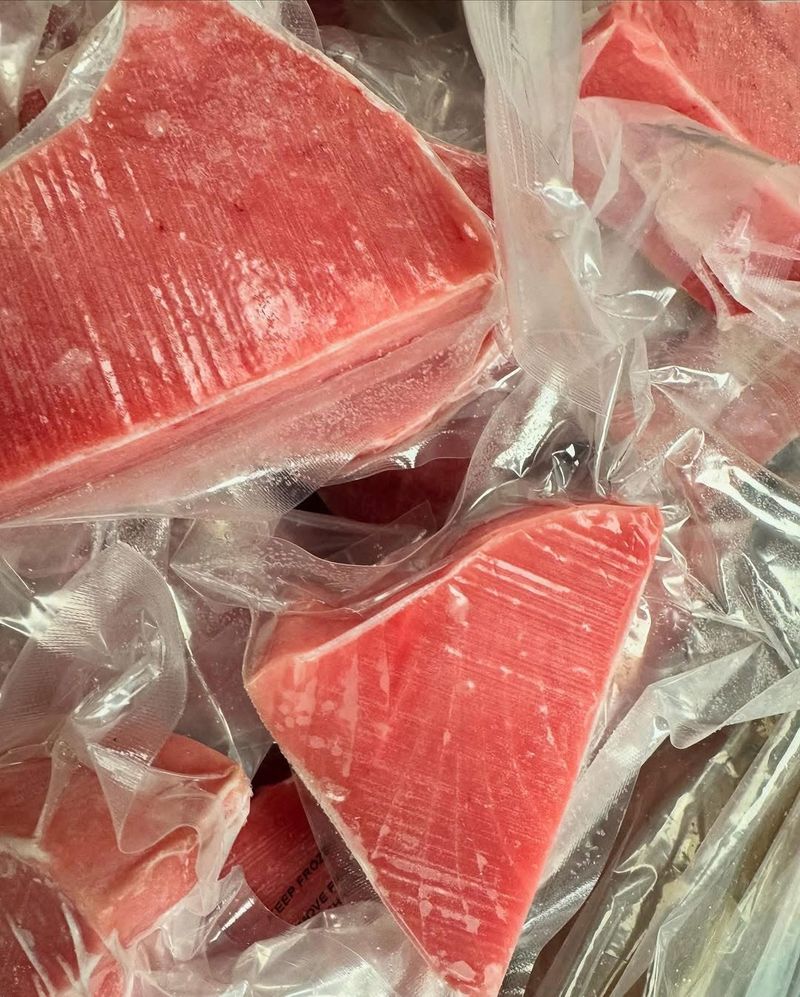
Defrosting should be done gradually in the fridge, not at room temperature. Sudden temperature changes can affect the fish’s integrity.
Once thawed, pat the steak dry to remove excess moisture. Cooking frozen tuna directly can lead to uneven cooking. Proper defrosting ensures a consistently cooked, tender tuna steak.
9. Burning The Tuna
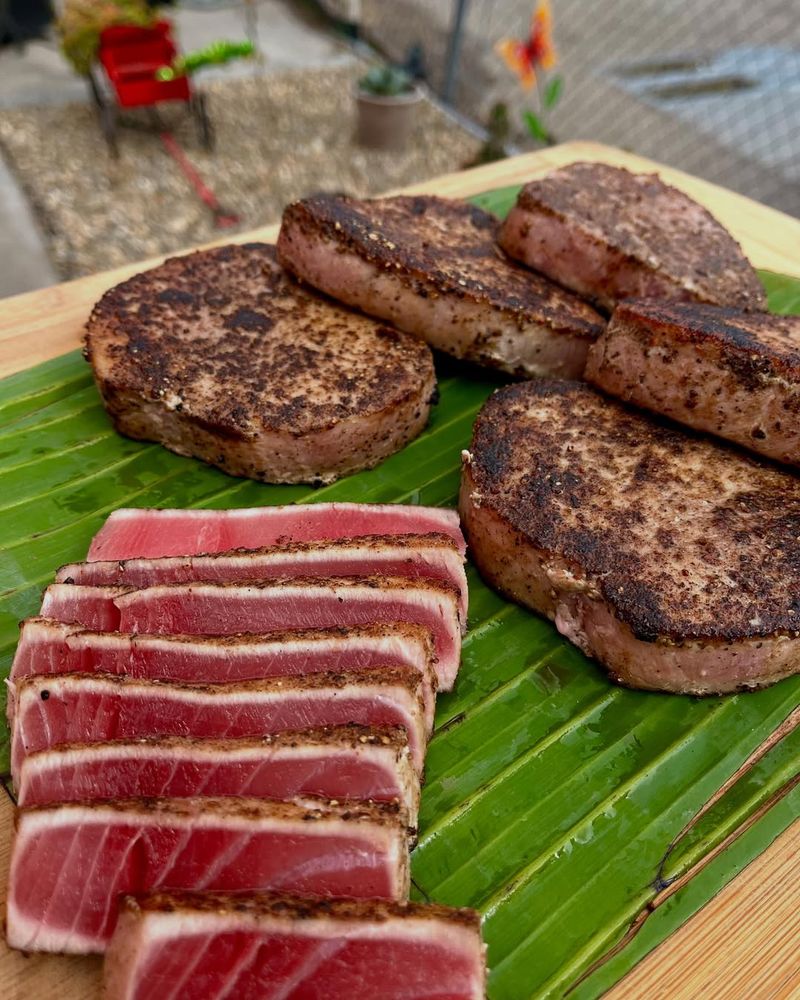
Overcooking tuna is an easy mistake, often caused by excessive heat or lack of attention. Tuna steaks need precise temperature control and careful monitoring.
Setting a timer helps prevent burning, while keeping a close eye on the steak—especially on the grill—ensures the perfect sear. The goal is a slight char, not a scorched exterior that turns bitter.
10. Improperly Slicing The Steak
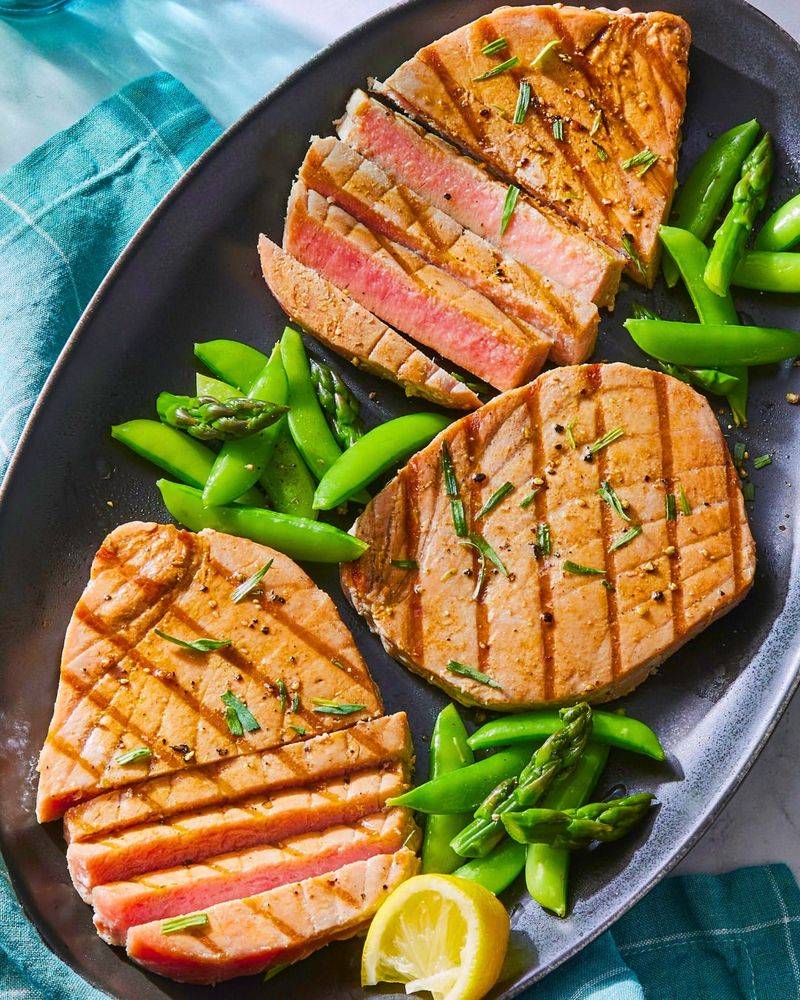
Slicing tuna the wrong way can affect both texture and taste. Cutting against the grain ensures a tender bite by breaking down muscle fibers.
Thin or uneven slices can result in a tougher chew, diminishing the experience. A well-cut steak not only looks appealing but also enhances every bite.

